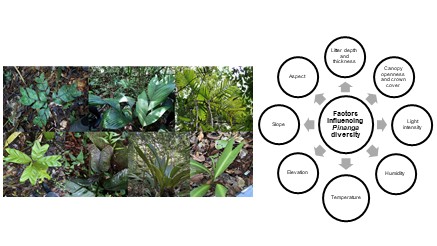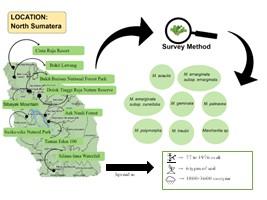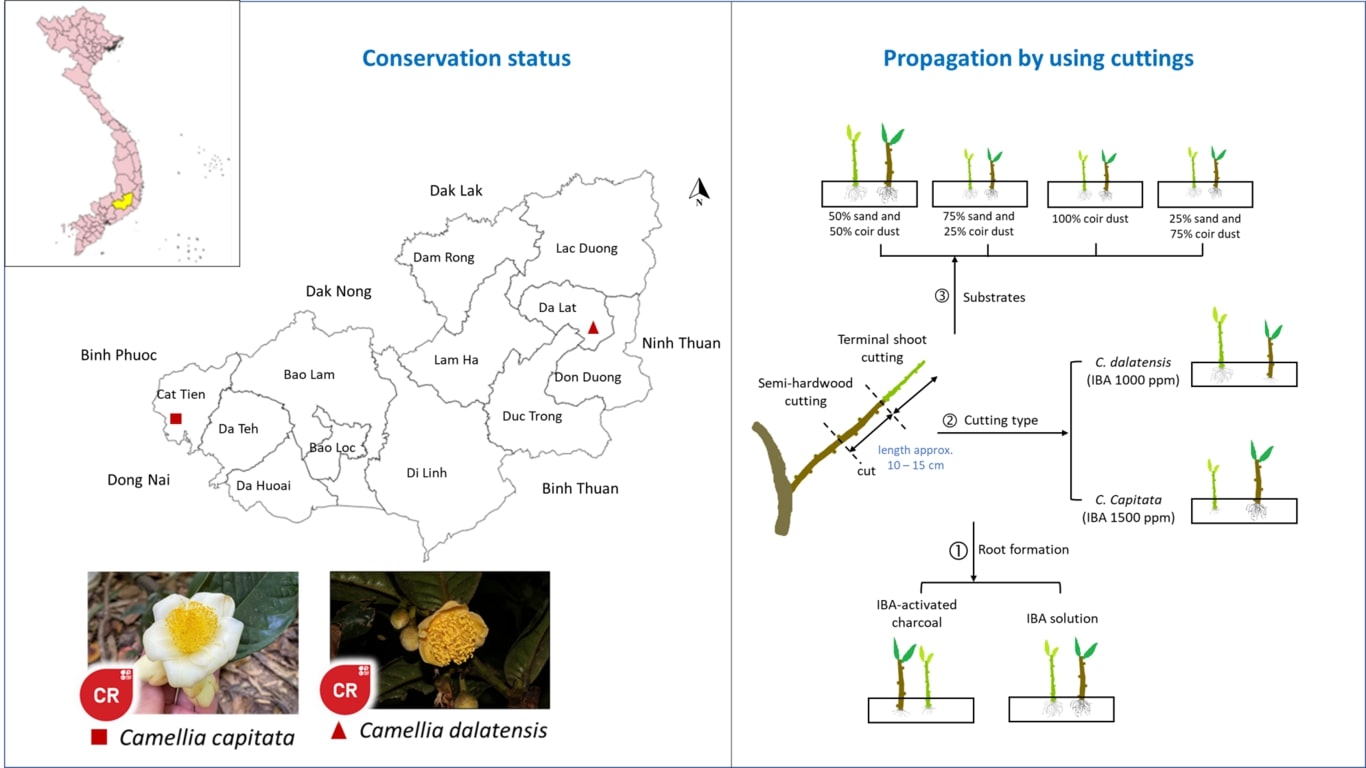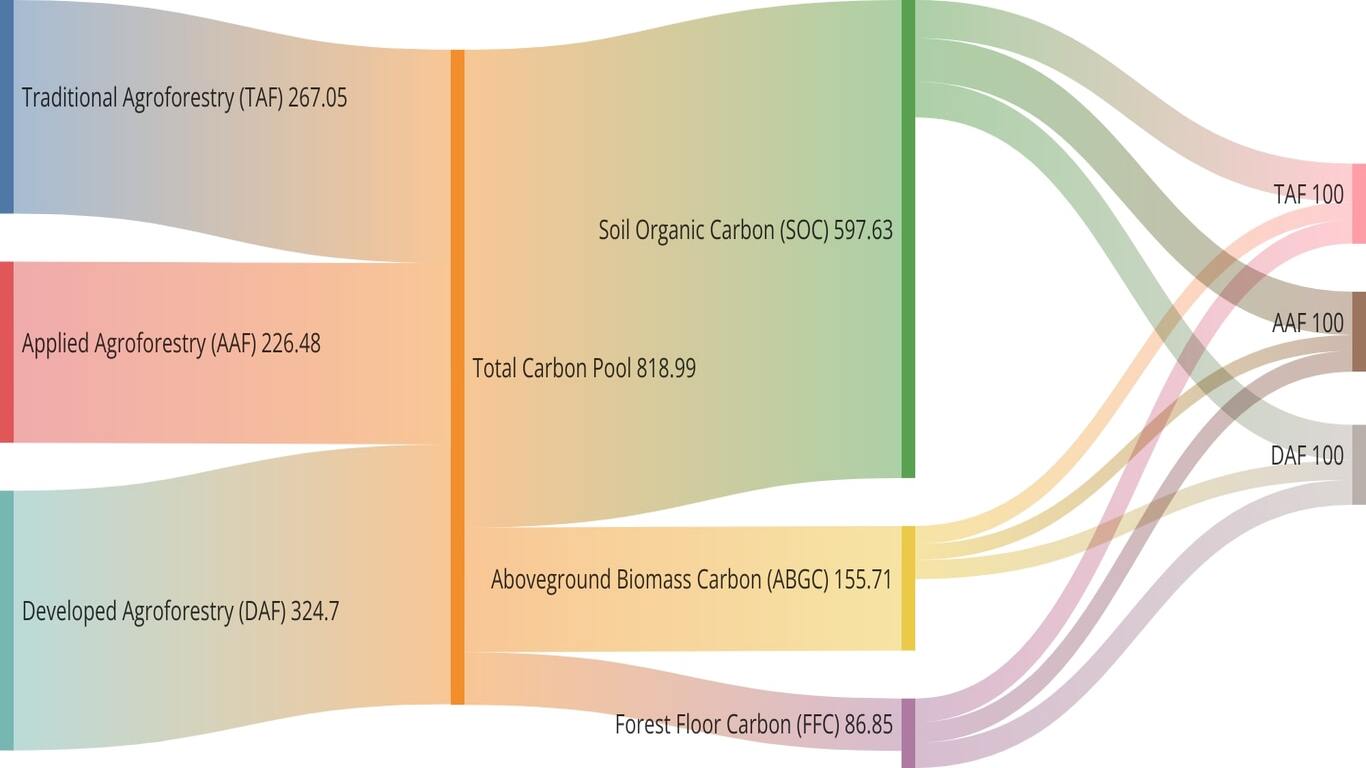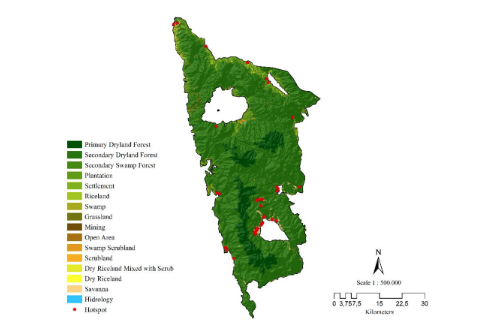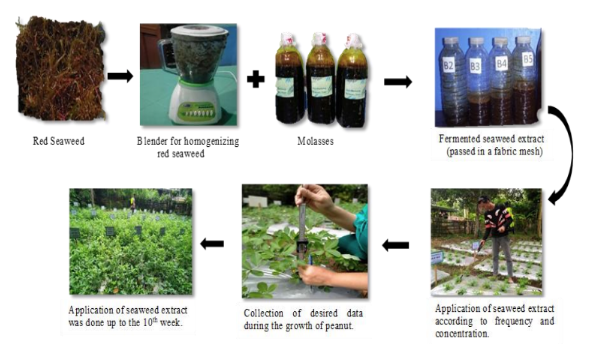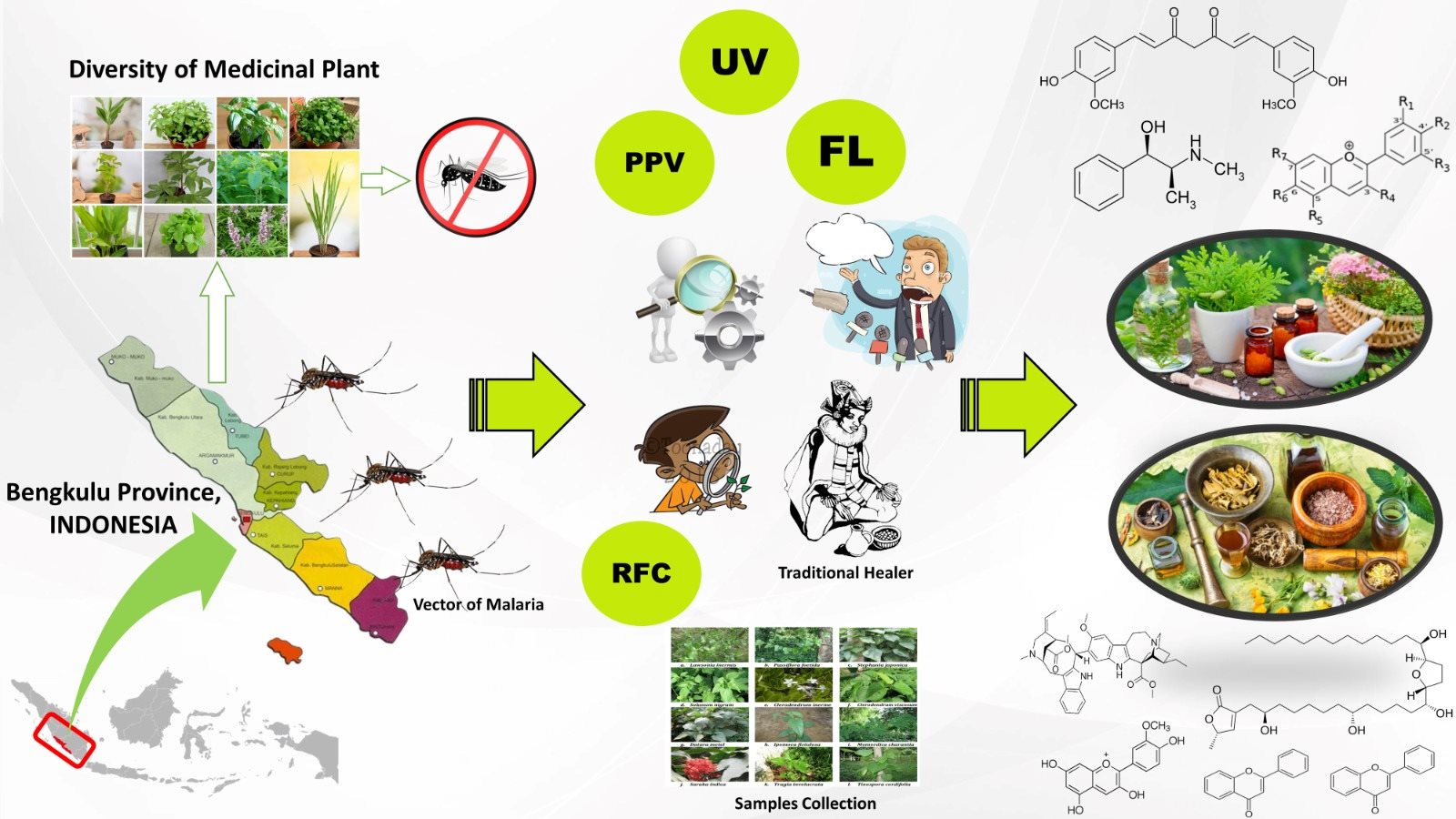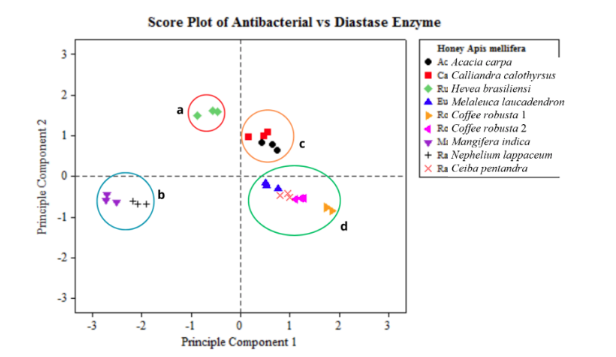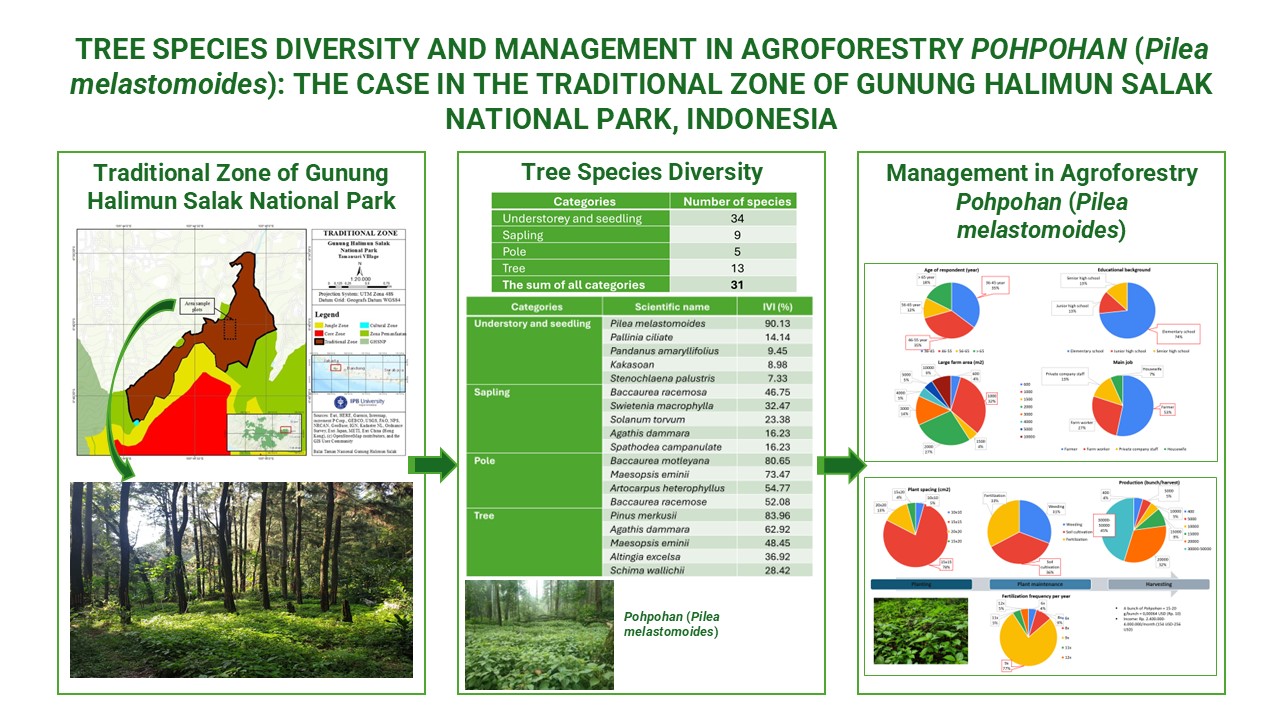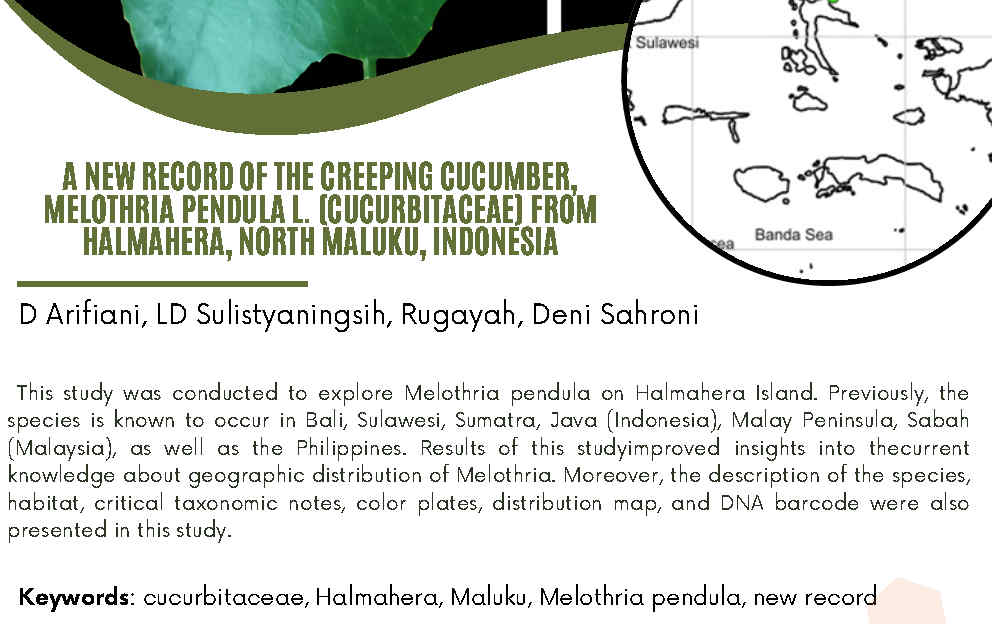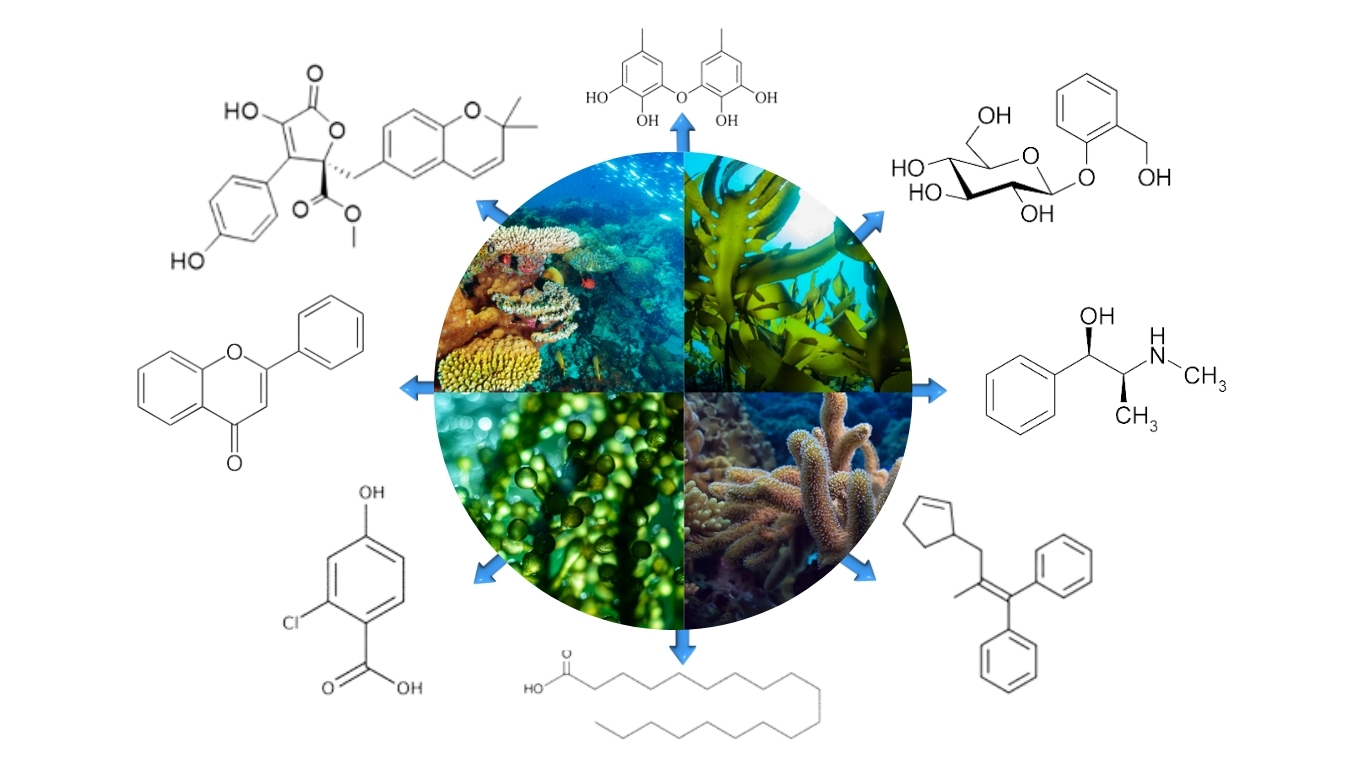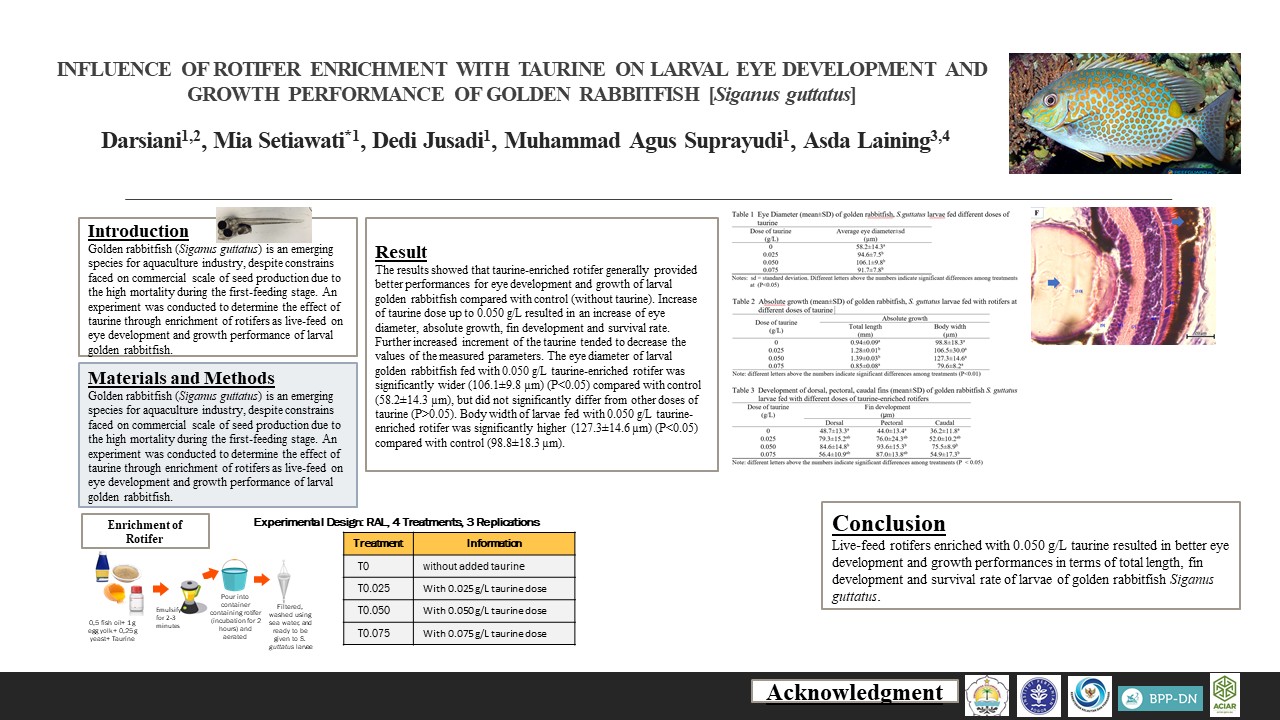FATTY ACID PROFILES OF MICROALGAE ISOLATES FROM THE WATERS OF ITS DORMITORY POND IN SURABAYA, INDONESIA
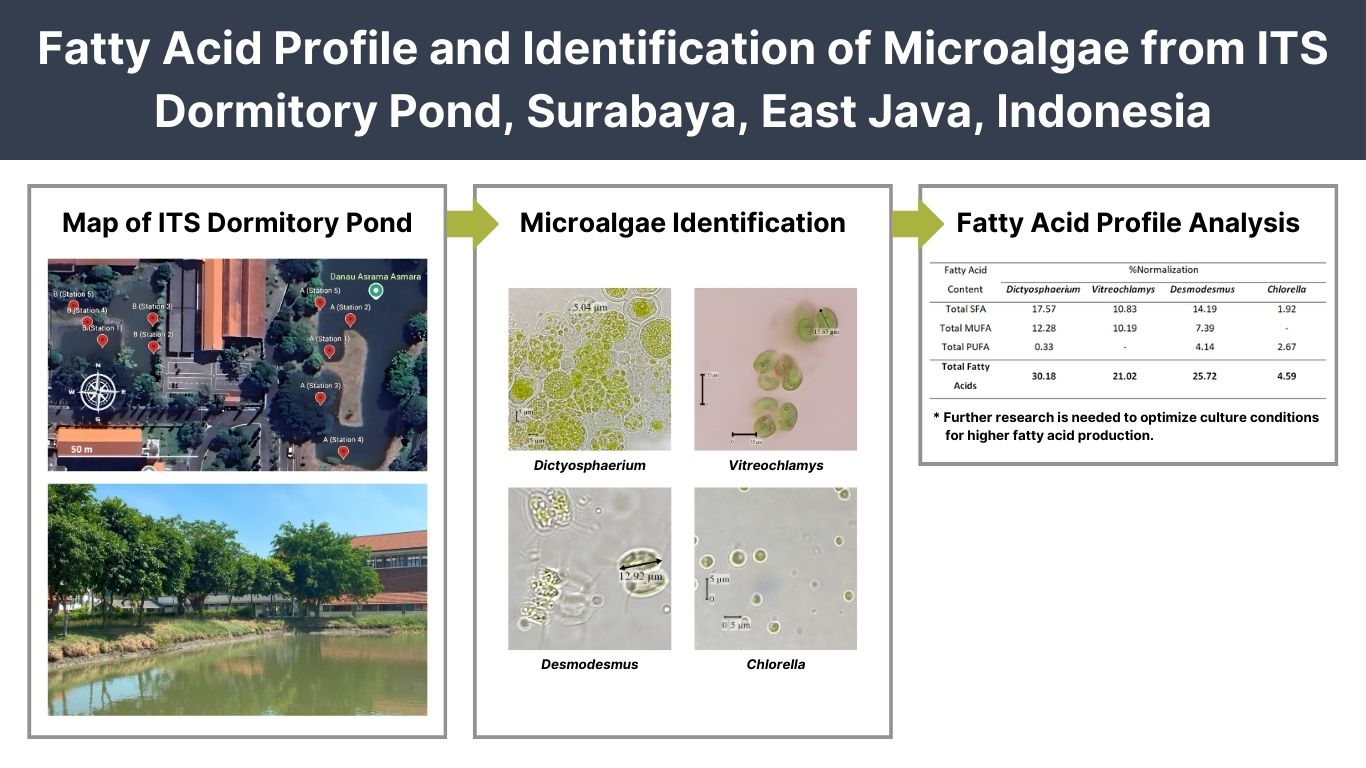
Downloads
ARTICLE HIGHLIGHTS
- Microalgae from ITS Dormitory Pond were identified using morphological analysis.
- The study analyzed the fatty acid composition of four microalgae genera.
- Dictyosphaerium had the highest total fatty acid content.
- The findings suggest potential applications of these microalgae in biotechnology.
- Further research is needed to improve fatty acid production.
ABSTRACT
Microalgae are a diverse group of autotrophic microorganisms classified into prokaryotic and eukaryotic groups. Their ability to thrive in various environmental conditions enables the identification of species with distinct fatty acid profiles. The absence of a microalgae culture collection at Sepuluh Nopember Institute of Technology (ITS) motivated the selection of the ITS Dormitory Pond as the research site. This study aimed to identify microalgae species present in the pond through morphological characterization and analyze their fatty acid profiles. Morphological identification was conducted using taxonomic references, while fatty acid composition was determined via GC-MS analysis. The results identified four genera: Dictyosphaerium, Vitreochlamys, Desmodesmus, and Chlorella. Their fatty acid profiles varied, comprising saturated (SFA), monounsaturated (MUFA), and polyunsaturated fatty acids (PUFA). Dictyosphaerium contained 17.57% SFA, 12.28% MUFA, and 0.33% PUFA, while Vitreochlamys had 10.83% SFA and 10.19% MUFA. Desmodesmus exhibited 14.19% SFA, 7.39% MUFA, and 4.14% PUFA, whereas Chlorella had 1.92% SFA and 2.67% PUFA. These findings highlight the potential of microalgae from ITS Dormitory Pond as a natural source of fatty acids. Further research is recommended to optimize culture conditions for enhancing commercially valuable fatty acid production.
Downloads
Ardiansyah SR, Orlando AM, Rahman A, Prihantini NB, Nasruddin. 2018. Effect of aeration in simple photobioreactor system for biomass production of synechococcus sp. (cyanobacteria) HS-7 and HS-9 as biofuel feedstock. E3S Web Conf 67(02006):1-6. DOI: https://doi.org/10.1051/e3sconf/20186702006
Armelia A, Djarot IN, Paminto AK, Nurfaiz I, Nuha, Handayani T. 2023. Analisis Limbah Media Zarrouk Modifikasi yang Digunakan untuk Budidaya Spirulina platensis dan Analisis Kualitas Biomassanya sebagai Bahan Pangan Fungsional [Analysis of Modified Zarrouk Media Waste Used for Cultivating Spirulina platensis and Analysis of Biomass Quality as a Functional Food Ingredient]. J Teknol Lingkungan 24(2):315-322. DOI: https://doi.org/10.55981/jtl.2023.300
Bellinger EG, Sigee DC. 2015. Freshwater Algae: Identification, Enumeration and Use as Bioindicators. New Delhi: John Wiley & Sons, Ltd. DOI: https://doi.org/10.1002/9781118917152
Bourdeau N, Bélanger-Lépine F, Adjallé K, Dubois-Caléro N, Dosnon-Olette R, Samson G, Barnabé S. 2017. Mixotrophic cultivation of an algae-bacteria consortium in aluminium smelter wastewaters (Quebec, Canada): high nitrogen concentration increases overall lipid production. Ind Biotech 13(5):260-269. DOI: https://doi.org/10.1089/ind.2017.0006
Chaidir Z, Fadjria N, Armaini, Zainul R. 2016. Isolation and Molecular Identification of Freshwater Microalgae in Maninjau Lake West Sumatra. Sch Res Lib 8(20):177-187.
Chen W, Li T, Du S, Chen H, Wang Q. 2023. Microalgal polyunsaturated fatty acids: Hotspots and production techniques. Front Bioeng Biotechnol 11(1146881), pp.1-22. DOI: https://doi.org/10.3389/fbioe.2023.1146881
Chen YC, Yeh KL, Aisyah R, Lee DJ, Chang JS. 2011. Cultivation, photobioreactor design and harvesting of microalgae for biodiesel production: A critical review. Bioresour Technol 102:71-81. DOI: https://doi.org/10.1016/j.biortech.2010.06.159
Chiu H, Kuo C. 2020. Gas chromatography-mass spectrometry-based analytical strategies for fatty acid analysis in biological samples. J Food Drug Anal 28(1):60-73. DOI: https://doi.org/10.1016/j.jfda.2019.10.003
Deschênes J, Boudreau A, Tremblay R. 2015. Mixotrophic production of microalgae in pilot-scale photobioreactors: practicability and process considerations. Algal Res 10:80-86. DOI: https://doi.org/10.1016/j.algal.2015.04.015
Dolganyuk V, Belova D, Babich O, Prosekov A, Ivanova S, Katserov D, ..., Sukhikh S. 2020. Microalgae: A Promising Source of Valuable Bioproducts. Biomolecules 10(8):1153. DOI: https://doi.org/10.3390/biom10081153
Elisabeth B, Rayen F, Behnam T, 2021. Microalgae culture quality indicators: a review. Crit Rev Biotechnol 41(4):451-473. DOI: https://doi.org/10.1080/07388551.2020.1854672
Ermavitalini D, Dwirejeki S, Nurhatika S, Saputro TB. 2019. Pengaruh Kombinasi Cekaman Nitrogen dan Fotoperiode terhadap Biomassa, Kandungan Kualitatif Triasilgliserol dan Profil Asam Lemak Mikroalga Nannochloropsis sp. [Effect of Combination of Nitrogen Stress and Photoperiod on Biomass, Qualitative Triacylglycerol Content and Fatty Acid Profile of the Microalga Nannochloropsis sp.]. Indo Chim Acta 4(1):32-49.
Ferreira GF, Pinto LFR, Carvalho PO, Coelho MB, Eberlin MN, Filho RM, Fregolente LV. 2019. Biomass and lipid characterization of microalgae genera Botryococcus, Chlorella, and Desmodesmus aiming high-value fatty acid production. Biomass Convers Biorefin 11:1675–1689. DOI: https://doi.org/10.1007/s13399-019-00566-3
Gildantia A, Ferniah RS, Budiharjo A, Suprihadi A, Zainuri M, Kusumaningrum HP. 2022. Identifikasi Spesies Mikroalga dari BBPBAP Jepara secara Morfologi dan Molekuler menggunakan 18S rDNA [Identification of Microalgae Species from BBPBAP Jepara Morphologically and Molecularly using 18S rDNA]. BULOMA 11(2):167-176. DOI: https://doi.org/10.14710/buloma.v11i2.39703
Handra I, Syafrizayanti, Chaidir Z. 2019. Isolasi dan Identifikasi Mikroalga sebagai Sumber Antioksidan dari Perairan Tirtasari Sonsang, Agam, Sumatera Barat [Isolation and Identification of Microalgae as a Source of Antioxidants from the Waters of Tirtasari Sonsang, Agam, West Sumatra]. J Chimica et Natura Acta 7(1):7-13. DOI: https://doi.org/10.24198/cna.v7.n1.20076
Hernandi R, Dharma A, Armaini A., 2019. Penapisan, isolasi, dan karakterisasi mikroalga yang berpotensi sebagai sumber biodiesel dari perairan Danau Kerinci, Jambi [Screening, isolation and characterization of microalgae that have the potential as a source of biodiesel from the waters of Lake Kerinci, Jambi]. J Litbang Ind 9(1):41-49. DOI: https://doi.org/10.24960/jli.v9i1.4326.41-49
Hindarti F, Ayuningtyas E. 2020. Pengembangan Teknik Kultivasi Spirulina sp. sebagai Sumber Biomassa Energi Terbarukan dalam Fotobioreaktor Airlift [Development of Spirulina sp Cultivation Techniques. as a Renewable Biomass Energy Source in Airlift Photobioreactors]. J Enerlink 16(1):17-24. DOI: https://doi.org/10.29122/jel.v16i1.4578
Kawaroe M, Prartono T, Rachmat A, Sari DW, Augustine D. 2010. Mikroalga : Potensi dan Pemanfaatannya Untuk Produksi Bio Bahan Bakar [Microalgae: Potential and Use for Biofuel Production]. Bogor: IPB Press.
Krienitz L, Bock C. 2010. Polyphiletic Origin of the Dictyosphaerium Morphotype within Chlorellaceae (Trebouxiophyceae). J Phycol 46(3):559-563. DOI: https://doi.org/10.1111/j.1529-8817.2010.00813.x
Lee K, Eisterhold ML, Rindi F, Palanisami S, Nam PK. 2014. Isolation and screening of microalgae from natural habitats in the midwestern United States of America for biomass and biodiesel sources. J Nat Sc Biol Med 5(2):333-339. DOI: https://doi.org/10.4103/0976-9668.136178
Mazidah R, Mulyadi A, Nasution S. 2013. Tingkat Pencemaran Perairan Danau Buatan Pekanbaru Ditinjau dari Parameter Fisika, Kimia, dan Biologi [Pekanbaru Artificial Lake Water Pollution Level Seen from Physical, Chemical and Biological Parameters]. Riau: Pusat Penelitian Lingkungan Hidup.
Morando-Grijalva CA, Vázquez-Larios AL, Alcántara-Hernández RJ, Ortega-Clemente LA, Robledo-Narváez PN. 2020. Isolation of a freshwater microalgae and its application for the treatment of wastewater and obtaining fatty acids from tilapia cultivation. Environ Sci Pollut Res 27(23):28575-28584. DOI: https://doi.org/10.1007/s11356-020-08308-z
Nagappan S, Das P, AbdulQuadir M, Thaher M, Khan S, Mahata C, ..., Kumar G. 2021. Potential of microalgae as a sustainable feed ingredient for aquaculture. J Biotechnol 341:1-20. DOI: https://doi.org/10.1016/j.jbiotec.2021.09.003
Nayana B, Venkatesh HN, Sudharsana TN, Manjunath K, Mohana DC. 2018. Isolation and utilization of Dictyosphaerium ehrenbergianum Nageli for biodiesel production: lipid extraction and biodiesel property analysis. Biofuels 11:885-892. DOI: https://doi.org/10.1080/17597269.2018.1432270
Neinggolan AA, Eddiwan, Windarti. 2022. Identifikasi dan Isolasi Mikroalga dari Perairan Rawa Gambut di Kelurahan Air Hitam Kota Pekanbaru Provinsi Riau [Identification and Isolation of Microalgae from Peat Swamp Waters in Air Hitam Village, Pekanbaru City, Riau Province]. JSLA 3(2):1-10.
Okpozu OO, Ogbonna IO, Ikwebe J, Ogbonna JC. 2019. Phycoremediation of cassava wastewater by Desmodesmus armatus and the concomitant accumulation of lipids for biodiesel production. Bioresour Technol Rep 7(100255):1-7. DOI: https://doi.org/10.1016/j.biteb.2019.100255
Putri DS, Marianah, Ihromi S. 2018. Isolasi Mikroalga Laut dari Pantai Mapak Pulau Lombok [Isolation of Marine Microalgae from Mapak Beach, Lombok Island]. J Agrotek 5(2):91-95. DOI: https://doi.org/10.31764/agrotek.v5i2.699
Rozana E, Anwar SH, Sulaiman MI. 2021. Potensi Minyak Mikroalga dan Khamir sebagai Sumber Asam Lemak Esensial [Potential of Microalgae and Yeast Oils as Sources of Essential Fatty Acids]. Agrointek 31(3):332-342. DOI: https://doi.org/10.24961/j.tek.ind.pert.2021.31.3.332
Rushan NH, Mat Yasin NH, Said FM. 2021. The effect of culture medium on the oil yield and fatty acid methyl ester of freshwater microalgae Chlorella vulgaris. Chem Eng Comms 208(4):592-600. DOI: https://doi.org/10.1080/00986445.2020.1864622
Salindeho RSE, Budijono, Hendrizal A. 2022. Identifikasi dan Kelimpahan Mikroalga Dari Sungai Rawa Kawasan Taman Nasional Zamrud Kabupaten Siak [Identification and Abundance of Microalgae from the Rawa River in the Emerald National Park Area, Siak Regency]. JSLA 3(1):1-7.
Saputro TB, Purwani KI, Ermavitalini D, Saifulloh AF. 2019. Isolation of high lipid content microalgae from Wonorejo river, Surabaya, Indonesia and its identification using rbcL marker gene. Biodiversitas 20(5):1380-1388. DOI: https://doi.org/10.13057/biodiv/d200530
Sari AN, Hutabarat S, Soedarsono P. 2014. Struktur Komunitas Plankton pada Padang Lamun di Pantai Pulau Panjang, Jepara [Plankton Community Structure in Seagrass Fields on Panjang Island Beach, Jepara]. Diponegoro J Maquares 3(2):82-91.
Shang X, Yang Y, Zan Y, Sun Z, Lu Z, Sun J. 2024. Effects of temperature on the growth, total lipid content and fatty acid composition of Skeletonema dohrnii. Front Mar Sci 1-9. DOI: https://doi.org/10.3389/fmars.2024.1361157
Shubert E, Wilk-Wozniak E, Ligeza S. 2014. An autecological investigation of Desmodesmus: implications for ecology and taxonomy. Plant Ecol Evol 147(2):202-212. DOI: https://doi.org/10.5091/plecevo.2014.902
Trainor FR. 1996. Reproduction in Scenedesmus. Algae 11(2):183-201.
Wehr JD, Sheath RG, Kociolek JP. 2015. Freshwater Algae of North America. USA: Academic Press. DOI: https://doi.org/10.1016/B978-0-12-385876-4.00005-0
Zhu W, Li Y, Fei X, Deng X. 2018. Nutrient Removal and Algal Community Variation from Urban River with the Isolated Microalgal Strains Chlorella sp. and Scenedesmus sp. J Water Resour Prot 10(9):884-895. DOI: https://doi.org/10.4236/jwarp.2018.109051
Copyright (c) 2025 Alfiyyana Nurrahma Mawardani, Dini Ermavitalini, Triono Bagus Saputro, Farid Kamal Muzaki, Adi Setyo Purnomo, Hery Purnobasuki

This work is licensed under a Creative Commons Attribution-NonCommercial-NoDerivatives 4.0 International License.
Authors who publish with this journal agree with the following terms:
- Authors retain copyright and grant the journal right of first publication, with the work 1 year after publication simultaneously licensed under a Creative Commons attribution-noncommerical-noderivates 4.0 International License that allows others to share, copy and redistribute the work in any medium or format, but only where the use is for non-commercial purposes and an acknowledgement of the work's authorship and initial publication in this journal is mentioned.
- Authors are able to enter into separate, additional contractual arrangements for the non-exclusive distribution of the journal's published version of the work (e.g., post it to an institutional repository or publish it in a book), with an acknowledgement of its initial publication in this journal.
- Authors are permitted and encouraged to post their work online (e.g., in institutional repositories or on their website) prior to and during the submission process, as it can lead to productive exchanges, as well as earlier and greater citation of published work (See The Effect of Open Access).










